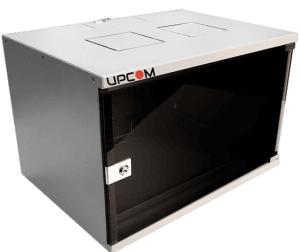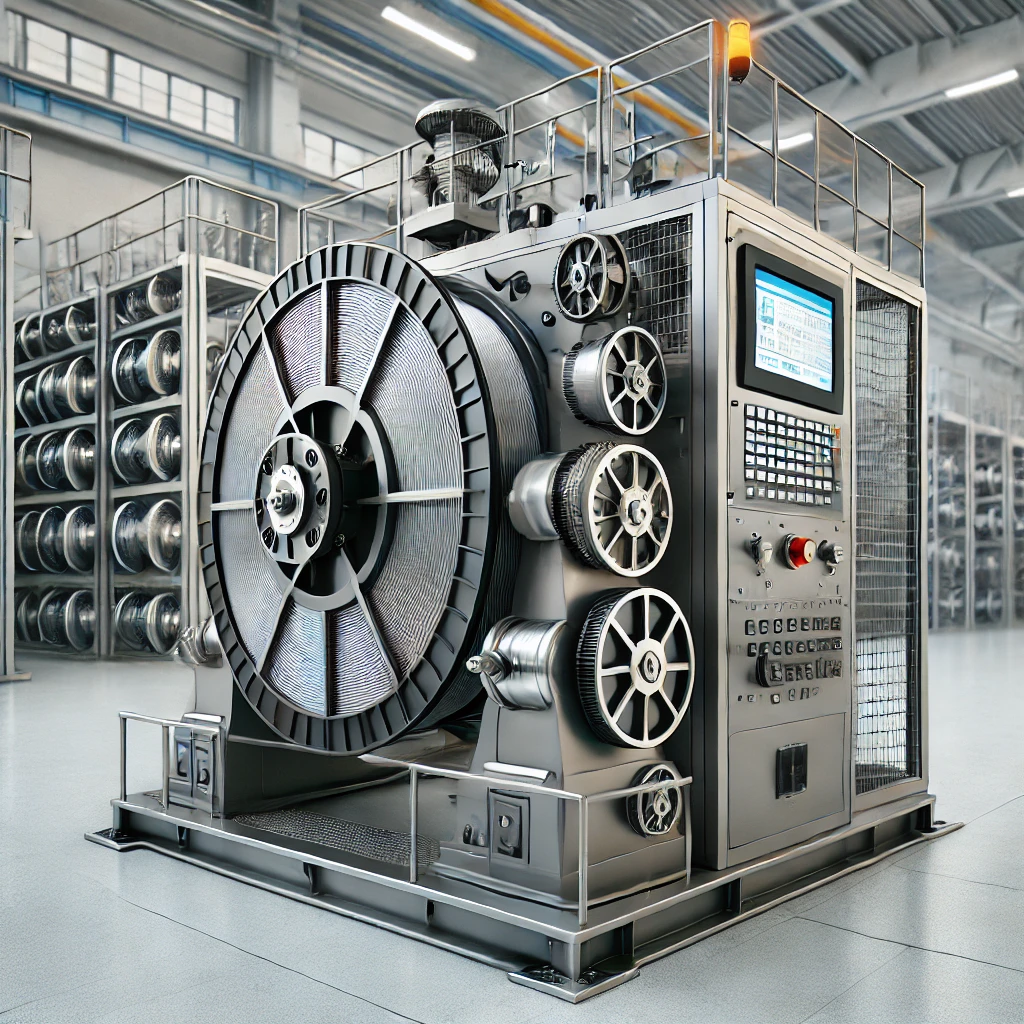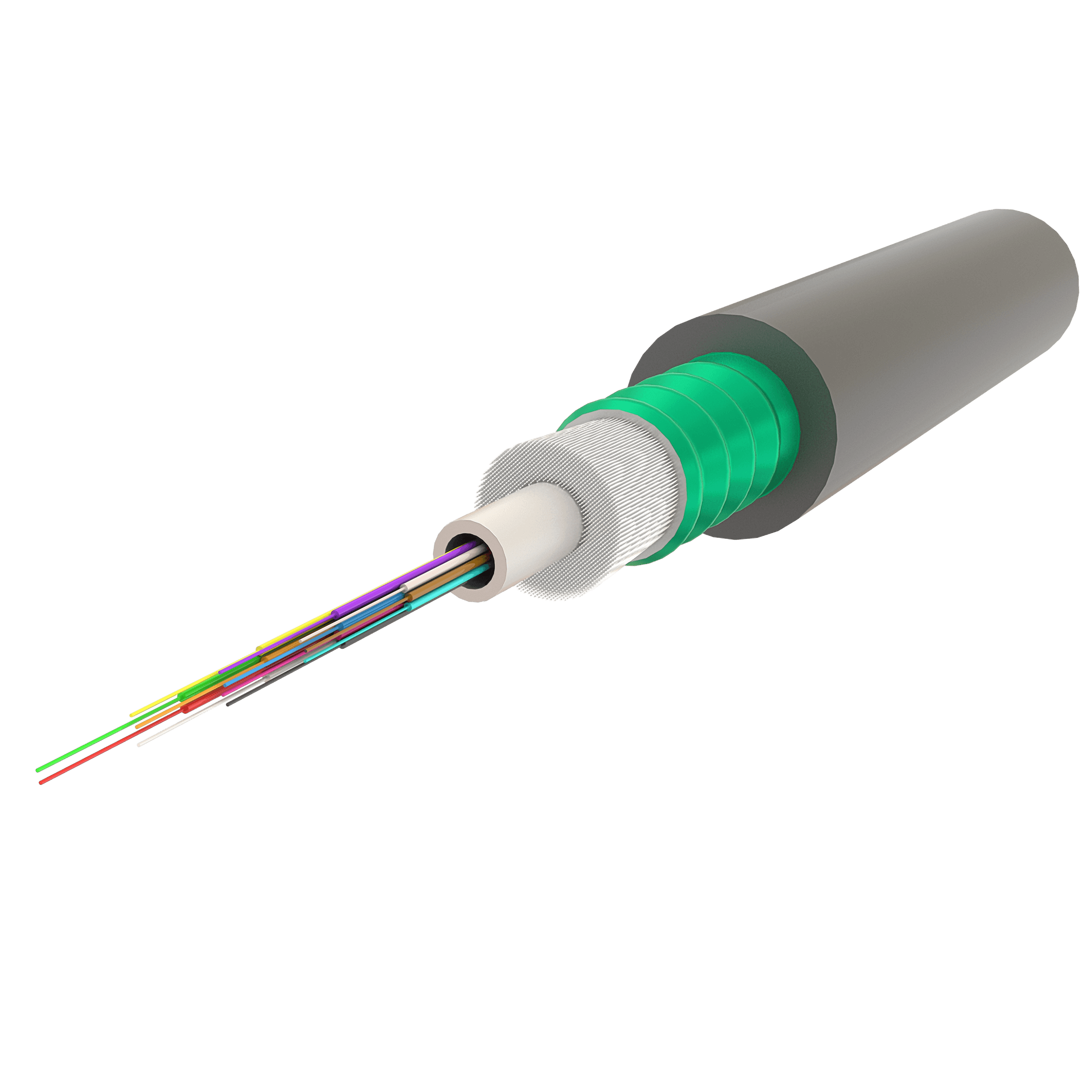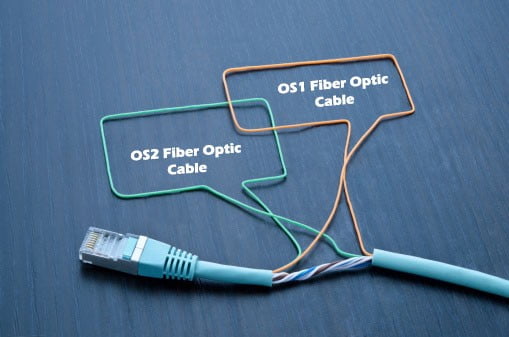22 Nov Security in Server Cabinet Racks: Protecting Your Critical Infrastructure
Ensuring the security and operational continuity of network equipment is a fundamental priority for modern IT environments. As organizations grow their digital operations, server cabinets evolve into engineered protection systems designed to safeguard mission‑critical infrastructure. Why Robust Security Matters Server cabinets house valuable hardware that processes sensitive...











